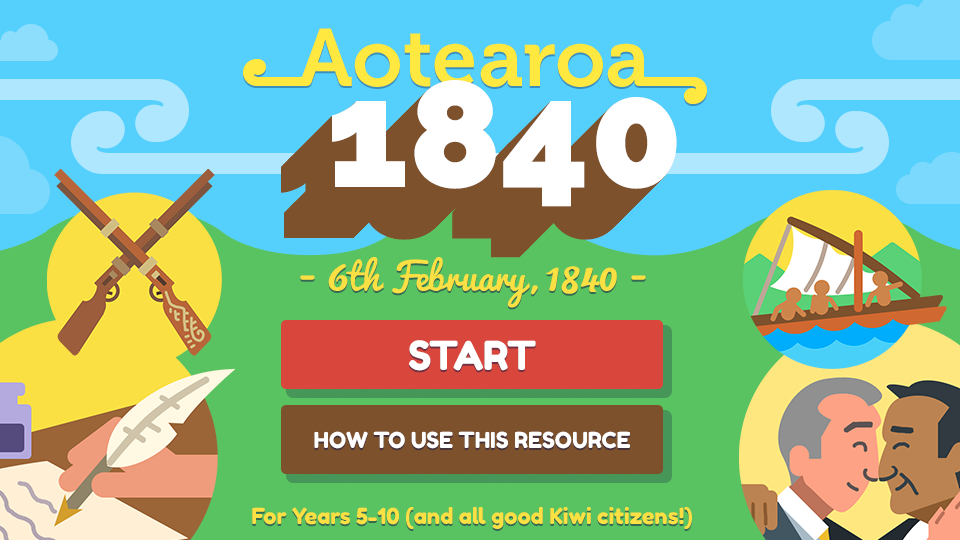Imagine creating a dynamic and interactive kōrero game that uses the great stories and historic tales of New Zealand Aotearoa that tell us where we came from, how we are connected to each other and the lessons we have learned as we look back on our history.
This competition empowers your students to make an interactive story game themed around New Zealand Aotearoa histories. Your role as their teacher is to guide the students through this process and ensure the history behind their stories are authentic.
Why interactive stories?
Creating an interactive story game provides students with a hands-on learning experience that connects multiple learning areas including literacy, history, social studies and digital technologies.
The templates we’ve made available for students / ākonga are designed to be attractive to a range of teachers. If you’re a literacy teacher, a history teacher, a social studies teacher, or a digital technologies teacher this competition is for you!
The more local the story the better. So if you’re based in Wellington your story might be about early WGTN trade routes, or even the famous Māori chief Te Rauparaha who would pull up to the Thistle Inn on his waka.
If you’re based in Rotorua you might want your students to write about all the geothermal activity or about how when Tutanekai visited the mainland he met Hinemoa. If you’re based in Canterbury you might want your students to write about local sporting heroes, your school values or maybe the earthquake of 2011. It’s up to you!
If your students are going to include cultural contexts in their game, your local Mana Whenua are an excellent resource for keeping your histories authentic. It’s important that hitories are authentic and that you use reliable resources.
How it works
- Students need a Gamefroot account
- Login to Gamefroot and open the Interactive Fiction template on the Gamefroot user dashboard
- Students need to work through and complete each step in the tutorial
- Once students completed the tutorial, they have the knowledge needed to create their own unique interactive fiction game
Entry Criteria
- Games must be based on stories from New Zealand Aotearoa
- This competition is best suited for students / ākonga year 7 – 10
- Students / ākonga must be based in Aotearoa
- Games that have been customised beyond the default template (with images and sound) will be ranked higher than those that have not
- Games must be published on the Gamefroot site
- The deadline for submission is Friday 1 October at 3pm (the last week of Term 3)
How to submit your entries




